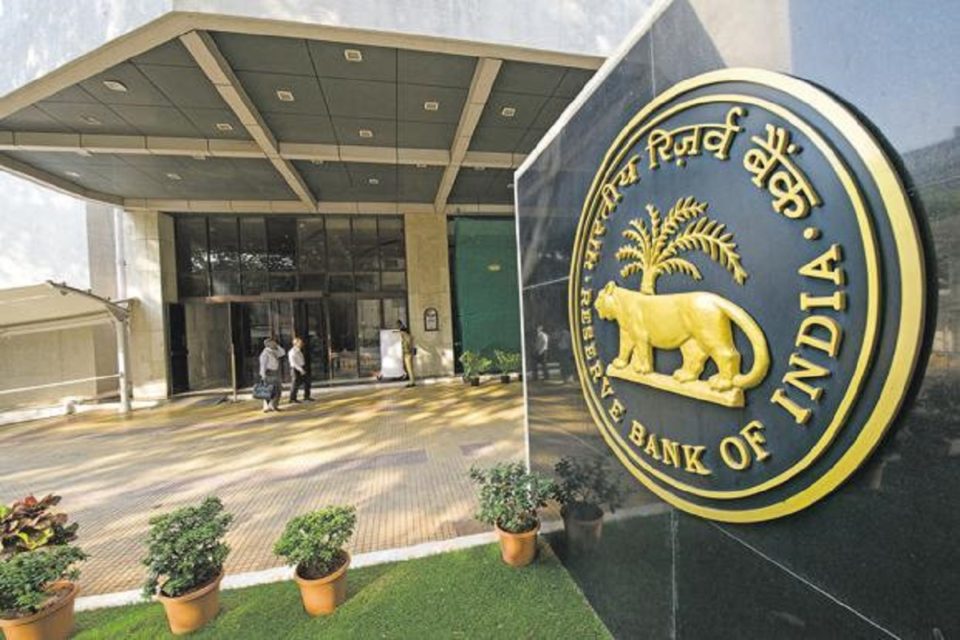On Friday, the Reserve Bank of India (RBI) prioritized its guidelines in creating a system for Priority Sector Handling (PSL). This system will allow higher weightage to new priority sector loans focusing on districts with lesser credit.
These proposed PSL guidelines underwent review for commercial banks in April 2015, following urban cooperative banks in May 2018. The central bank made these changes for harmonizing instructions issued to commercial banks, small finance banks, regional rural banks, urban cooperative bank and local ones.
RBI said that ranking based on per capita flow to priority sector would be to address regional disparities.
“Accordingly, from FY22 onward, a higher weight (125%) would be assigned to the incremental priority sector credit in the identified districts where the credit flow is comparatively lower (per capita PSL less than Rs 6,000), and lower weight (90%) would be assigned for incremental priority sector credit in the identified districts where the credit flow is comparatively higher (per capita PSL greater than Rs 25,000),” RBI said.
Of 205 districts with high PSL credit, 184 with low PSL credit flow have been identified. Further, the targets intended for small and marginal farmers and weaker sections are incorporating landholding from 1 hectare for marginal factors and till 2 for small farmers, to landless labourers, tenant farmers, oral lessees and sharecroppers of the sections.
Loan boundaries regarding renewable energy have been doubled. The central bank announced that bank loans up to Rs 30 crore for solar-based power generators, biomass-based power generators, windmills, micro-hydel plants, to non-conventional energy based utilities would be eligible for priority sector classification. For individual households, the loan limit will be Rs 10 lakh per borrower.
Also, the credit limit for health infrastructure, with those under Ayushman Bharat, has been doubled, RBI said. The overall PSL target for urban cooperative banks will also be increased in a staggered manner from 40% of their adjusted net bank credit (ANBC) at present. This will gradually move to 75 per cent by 31 March 2024 and was earlier announced in March as well.



